Congress is currently debating legislation that would force Americans to pay billions of dollars to take an unpopular taxpayer-funded program for poor children and expand it so that non-poor, non-children will be granted access to benefits.
The program is the State Children’s Health Insurance Program (SCHIP), a taxpayer-funded health coverage program that provides federal dollars to states in an effort to give children in working (and nonworking) poor families a health insurance safety net. SCHIP, which was created in 1997 as a supplement to Medicaid, has grown since its inception, with 41 states raising the minimum income required for enrollment and over 10 percent of the 6 million enrollees nationwide being over the age of 18.
SCHIP and Medicaid together, according to the Department of Health and Human Services, currently insure 45% of all children in America.
Now, Congressional Democrats are moving to expand that number to as close to 100% as possible, not just by covering previously uninsured children with the expanded program, as they claim is their goal, but by crowding out private insurance providers by implementing a massive incentive (not having to pay for coverage) to those holding private policies to bolt that coverage and enroll in an insurance program that is funded by their neighbors.
Learning from Previous Examples
This massive expansion of taxpayer-funded health coverage cannot and will not work, as recent examples have clearly shown. Take Hawaii, for instance. In March, the Aloha State implemented a program called “Keiki Care,” which was ostensibly designed to provide health insurance to children whose parents’ income was too high to qualify for Medicaid (over $73,000) but too low to afford private coverage. The result of this coverage offering was an avalanche of private policyholders dumping their insurance coverage and enrolling in the “free” program, crowding out private insurers and so overwhelming Keiki Care that Gov. Linda Lingle (R) was forced to close the doors on the entire program only seven months after its inception.
“People who were already able to afford health care began to stop paying for it so they could get it for ‘free,'” said Dr. Kenny Fink, an administrator for Hawaii’s Department of Human Services.
In all, a staggering 85% of children enrolled in Keiki Care had previously been enrolled in private insurance programs, which their parents had dropped like a hot rock when given the opportunity to have their neighbors pay for their children’s health coverage instead of doing so out of pocket. Seeing this, Lingle correctly judged that, in the face of massive budget shortfalls and a staggering economy, using taxpayer dollars to provide health insurance for people who already have it was not the best direction for the state of Hawaii to take.
Already an Unpopular Program
Democrats’ efforts to expand SCHIP in 2007 was met with stiff resistance from President George W. Bush, who didn’t oppose the expansion itself so much as the fact Democrats wanted to greatly relax the program’s eligibility requirements when nearly 2/3 of uninsured children in America are already eligible to enroll, but their parents choose not to take advantage of the opportunity for whatever reason. Further, 42% of that number were actually enrolled in a state SCHIP or Medicaid program in 2007, but declined to renew their enrollment — a clear sign that these government-controlled health care programs are not the bromides for the broken health care system that their proponents claim.
“On paper the benefits are generous, like coverage for dental work, ambulance services, and prescription drugs, but it pays providers so little that you can’t find anyone who takes it; so it’s an empty promise,” said Greg Scandlen, director of The Heartland Institute’s Consumers for Health Care Choices. “Almost half of the people who are eligible and were on the plan left it within a year. They experienced the program and dropped out.”
States have turned to more and more drastic measures in an effort to get somebody to sign up for SCHIP and its equivalents. Last year in Maryland, for example, state health officials teamed up with state comptroller Peter Franchot to go through residents’ tax records for the express purpose of finding families who were eligible to enroll their children in SCHIP and notifying them — repeatedly — of their eligibility. In 1999, New Jersey expanded eligibility for the program to include families making 3.5 times the federal poverty level (FPL), and has maintained that threshold in order to maintain the appearance of an impressive enrollment level in the program.
The solution to underenrollment in SCHIP, according to federal and state governments, has never been to make the program more attractive to those it was intended to assist; rather, state after state — and now the federal Congress — has responded to the low number of SCHIP enrollees by trying to extend eligibility to a larger pool of people as a whole.
Shouting Down Commonsense Reform
In 2008, the Centers for Medicare and Medicaid Services (CMS), at President Bush’s behest, issued a commonsense directive tightening, rather than expanding, SCHIP eligibility requirements by forcing states to limit the program to children whose family income was 2.5 times FPL or less. Under this directive, families making $44,000 per year or more would have been removed from the SCHIP rolls, and held out of the program until their state had enrolled 95% of its eligible uninsured in the program.
Crowd-out was to be prevented by a portion of the regulation prohibiting states from allowing the number of children insured in the private market to fall more than two percentage points over a five-year period, thereby keeping states from enticing those already enrolled in private plans to drop their coverage and join the taxpayer-funded rolls.
Unfortunately, Bush rescinded this directive after coming under pressure from state governments and advocacy groups who wanted to keep expanding SCHIP beyond its originally-intended scope, using it as a gateway to filling the taxpayer-funded insurance rolls with a continuously-increasing percentage of the American population regardless of age or income.
A Flawed Funding Source
The SCHIP legislation currently being debated by Congress seeks to fund the massive program expansion through billions in new tobacco taxes. The tendency on the part of state and federal governments to shift an ever-growing portion of their funding base onto the backs of smokers, while simultaneously claiming the purpose of this “sin” tax is to encourage smokers to quit the habit, is a Catch-22 of such comedic proportions that only government could actually take such actions and make such claims with a straight face.
In fact, the SCHIP expansion proposed by Congressional Democrats will actually require almost 23 million non-smoking Americans to “pick up the habit” in order to provide all the funding needed to pay for the program — and that is according to conservative estimates.
The number of tobacco users in the U.S. has been declining, not increasing, in recent years. This means that, with this legislation, Congress is attempting to expand a struggling program by tying it, through regressive tax increases, to a declining revenue stream which is disproportionately made up of lower-income and indigent Americans.
While its funding base declines, and America’s working poor are forced to shoulder more of the burden for a health care program ostensibly created to insure their children, the costs associated with SCHIP will continue to rise, likely more than doubling (according to Congressional Budget Office figures) as a direct result of this proposal. Ironically, this increased burden will be placed on the poor to foot the bill for providing health insurance so bad that they don’t even want it to people who are several rungs higher on the economic ladder than they are.

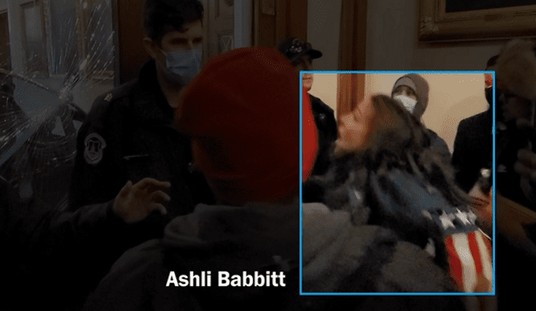
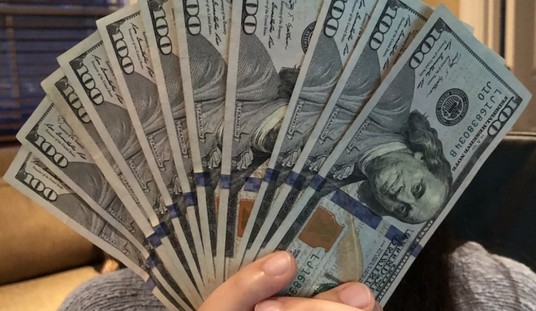

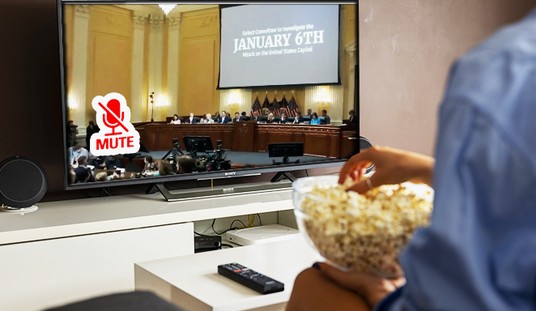





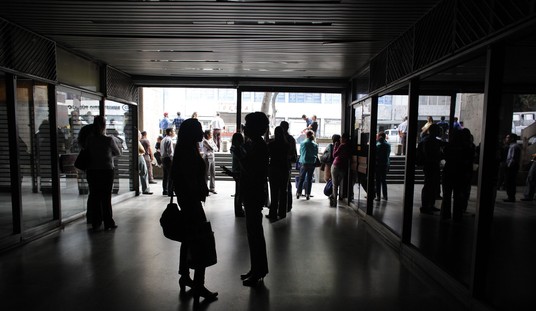
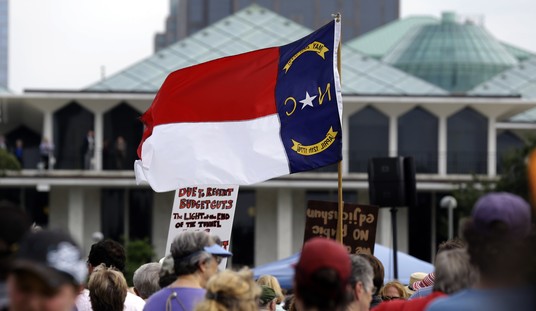
Join the conversation as a VIP Member